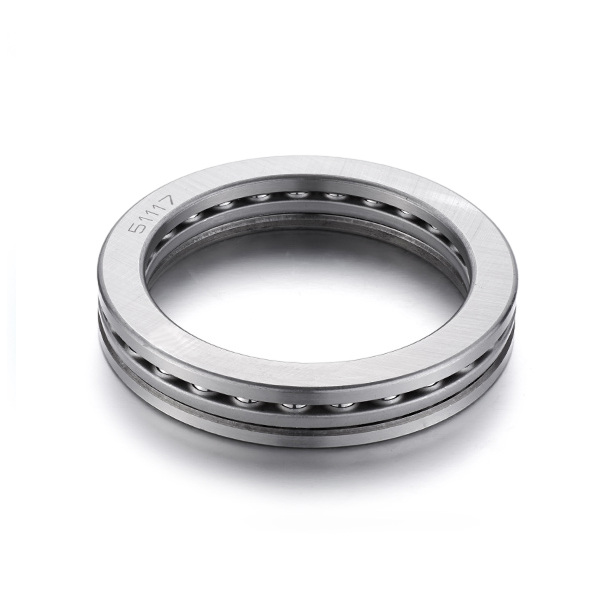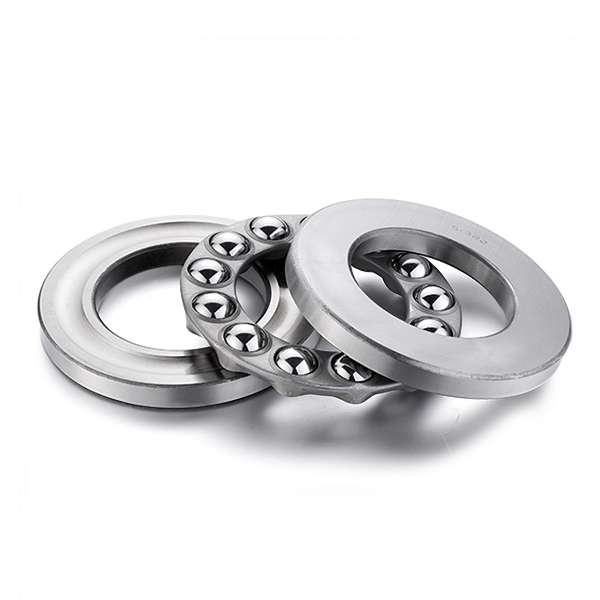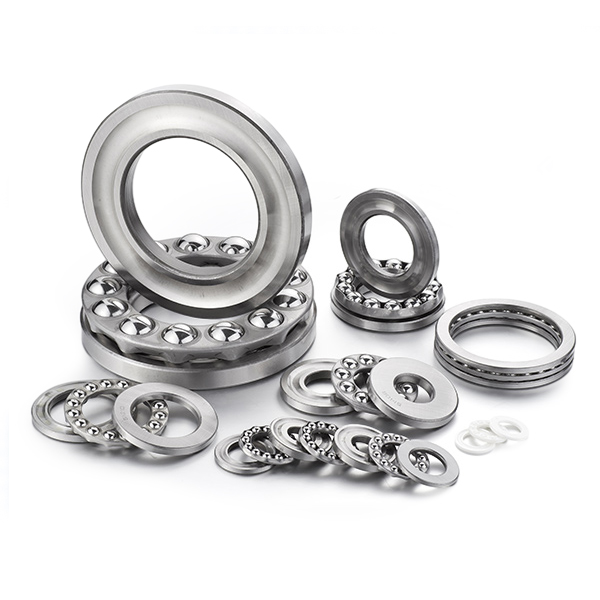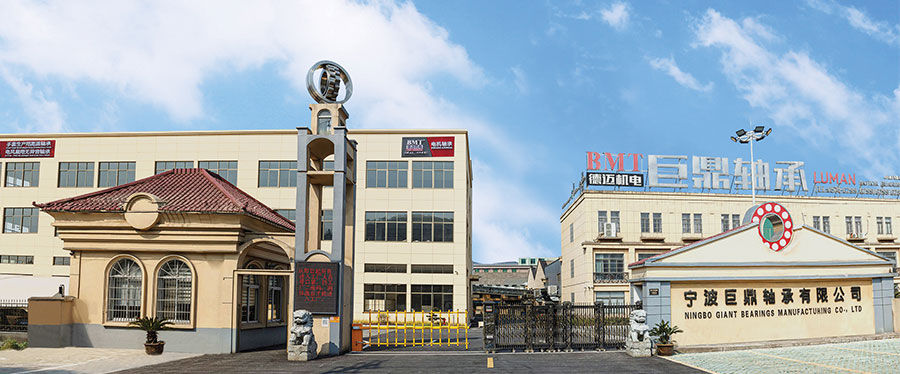Introduction to Deep Groove Ball Bearings Deep groove ball bearings are one of the most commonly used types of bearings in a wide range of mechanical applications, partic...
READ MORE



Introduction to Deep Groove Ball Bearings Deep groove ball bearings are one of the most commonly used types of bearings in a wide range of mechanical applications, partic...
READ MOREMaterial Foundations That Influence Corrosion Resistance in deep groove ball bearings The corrosion and moisture resistance of deep groove ball bearings is closely connec...
READ MOREGeneral Considerations for Deep Groove Ball Bearings in Challenging Environments Deep groove ball bearings are widely used across mechanical systems due to their stable r...
READ MOREIntroduction to Ball Bearings and Their Durability Ball bearings are mechanical components that facilitate smooth and efficient rotational movement by reducing friction b...
READ MORECleanliness: Ensure the cleanliness of the installation environment and tools to prevent dust and impurities from entering the bearings.
Alignment: The alignment accuracy of the bearing seat and the shaft is critical to the life of the bearing. Use appropriate alignment tools and techniques to ensure that the bearings are properly installed.
Installation tools: Use special bearing installation tools and avoid hitting the bearings directly with hammers or hard objects.
Installation force: Avoid using excessive force, which may cause damage or deformation of the bearings.
Protection measures: During the installation process, appropriate personal protection measures should be taken, such as wearing safety glasses and gloves.
Lubricant selection: Select a suitable lubricant, such as grease or lubricating oil, based on the working conditions of the bearing and the manufacturer's recommendations.
Lubrication frequency: Lubricate regularly according to the working environment and load of the bearing. More frequent lubrication may be required in high-speed or high-temperature environments.
Lubrication method: For grease lubrication, ensure that the grease is evenly filled into the raceways and rolling elements of the bearing. For oil lubrication, ensure that the oil path is unobstructed and the amount of oil is appropriate.
Cleaning: Before lubrication, the bearing and lubrication channel should be cleaned to remove old lubricant and impurities.
Maintenance cycle: The maintenance cycle should be determined based on the operating conditions, load, speed, temperature and environmental factors of the bearing. Generally speaking, the maintenance cycle can range from a few months to a year.
Regular inspection: Even within the prescribed maintenance cycle, the operating status of the bearing should be checked regularly, including noise, temperature and vibration.
Cleaning and inspection: During each maintenance, the bearing should be cleaned and inspected for signs of wear, damage or corrosion.
Lubricant replacement: Replace the lubricant as needed to ensure that the lubricant is clean and appropriate.